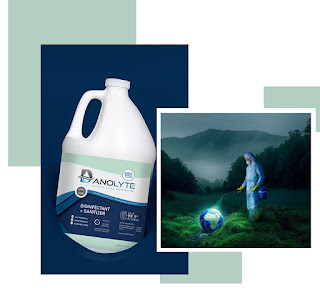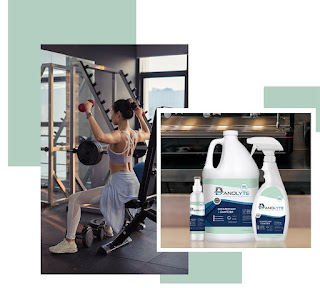What Are the Alternatives for Toxic Disinfectants

Non-Toxic Disinfectants should be used in place of these harmful store-bought disinfectants because of the actual health risks that come with them. The chemicals found in most brands of disinfectants that you can find on the shelves of your local department store can have an adverse effect in battling germs.
Germs are nasty little bugs that have a way of becoming immune to the battery of chemicals that we can throw at them. In fact, recent studies have proven that there are some viruses, like staph, that are completely immune to any type of antibiotic and/or disinfectant.
Of course, our culture today has been groomed for taking the easiest way out. Non-Toxic Disinfectants while much more economical and healthier, do take a little work on our part. It's not as easy as grabbing a bottle off the shelf and giving things a spray and wipe down.
Non-Toxic Disinfectants Alternatives
One of the major concerns with commercial type disinfectants is the impact they have on the environment, especially on aquatic life. Some of the chemicals used, like the harmful triclosan, cannot be filtered through waste disposal treatment plants and bring toxic bodies to rivers, streams, and lakes.
Hypochlorous acid is the oldest disinfectant in the world, and it appears to be wandering around in about every person at once. As in inside all humans, this very moment. It’s also a vital component in electrolyzed water. Electrolyzed water is formed when electricity is employed to alter the chemical structure of salt, water & vinegar into a green cleaner as effective as bleach, but with no harmful chemicals, fumes or residues.
Nature’s super powerful disinfectant, and also the ingredient that provides bleach its anti-microbial power. When the pH of the Hypochlorous acid solution is decreased to the right level, Hypochlorous acid is made, specifically the same substance that's germ fighter for your system. acid is so gentle that it's several uses within the healthcare and medical space.
It’s FDA approved to be used in wound healing, wound care, and eye care products and is additionally common in veterinary care products. It’s even wont to eradicate biofilm. There has been extensive research on the gentleness and efficacy of Hypochlorous acid when it involves killing bacteria.
It is important for people to see that Non-Toxic Disinfectants are not only something that can help us fight off viruses and germs, but also helps aquatic life by not contaminating the waters.
Making your ownNon-Toxic Disinfectants isn't a particularly tough project. It can be done pretty quickly, and easily, with the right ingredients.
Make Your Own Non-Toxic Disinfectants
Vinegar is the end-all when it comes to disinfectants When mixed with a little hydrogen peroxide, and placed in a spray bottle (just make sure to only mix what you need as sunlight will break down this combination fairly quickly) and you are ready to go. This combination is much more effective at destroying traces of salmonella and ecoli bacteria.
Another great combination for Non-Toxic Disinfectants detergents, or spray disinfectant, using vinegar is to mix it with baking soda. When doing a load of dishes in the dishwasher, this type of combination works great at cleaning dishes with no streaks.


Comments
Post a Comment